- 温泉池设计原则
- 本站编辑:杭州海旭环境科技有限公司发布日期:2019-05-09 20:47 浏览次数:
1、 线性原则:消费流线以服务综合楼为起点和终点,沿主流线设置功能温泉池,按动-静-动-闹-静规则组合分布;也可以采用环形消费流线设计,就象在温泉管网中采用的环形管网一样,保证温泉供水的完整和安全,而采用环形流线,是为了保证人流的不乱不散,统一有序,即让客人由室内—露天—半室内的消费流程。员工后勤与物料运送设置独立的通道、合理分流。
2、 和谐生态原则:以温泉为中心,师法自然,因地制宜,利用地形的变化,设计丰富的视线景观,运用传统借景手法,力求建筑与生态的相互呼应,营造景观序列感,创造舒适的温泉体验氛围。温泉设计中也要考虑到风水问题。我们不能迷信,在我个人的理解中,什么是风水,就是与当地的环境融合得自然而和谐。
3、 成本原则。尽量减少土方工程和选用生态本土材料,最大限度节约建设成本;流线合理化,人力效率最大化;加料池、天然原汤池、spa池、造浪池、娱乐动感合理分区,科学配合用水,在设备及技术上合理管选型,从而减少温泉水对管网的腐蚀,最大限度合理利用温泉水资源和节省成本。温泉度假村项目的投资都比较大,在设计的时候要考虑经营者的综合运营成本,不能是设计只管设计,不为经营考量。
4、 效益原则:根据室内外空间大小和客流量的需求,迎合市场需求的合理设置项目,加入矿沙、鱼疗、保健、温泉小食、水疗、漂流、水上乐园等项目,加强非亲水性的温泉养生产品的开发,布局上方便管理,在门票基础上强化二次消费,增加营业收入。温泉在规划时要考虑季节性差异,淡季经营时增加水上乐园项目来弥补温泉经营的季节性差异。
5、温泉定位原则:做好水文章,温泉不过是水加健康,还有娱乐,温泉之所以是温泉度假村就是因为有温泉,是主打菜,是核心东西,一定要把温泉做好;游客来此旅游,无非是冲着温泉来的,把温泉作为核心推出去,吸引客户。
6、本土原则:温泉的设计要有中国特色,有地方特色,国外的温泉经营得好,并不能证明在中国也行得通,在南方经营得好,在北方不一定适合,各地都有各地的风俗习惯,文化背境,气候条件,风沙影响,不一样的地域有不一样的本土特色,这在温泉设计的过程中,一定要充分了解,充分认识。
1, linear principle: the consumer flow line to serve the comprehensive building as the starting point and the end point, set up a functional hot spring pool along the main flow line, press the movable-static-moving-noisy-static rule combination distribution; It is also possible to design circular flow lines, just like the circular pipe networks used in hot spring networks, to ensure the integrity and safety of hot spring water supply, and the circular flow lines are used to ensure that the flow of people is not scattered and unified. That is, let guests from the indoor-open-air-semi-indoor consumption process. Staff logistics and material transportation set up an independent channel, reasonable diversion.
2, harmonious ecological principles: taking hot springs as the center, natural methods, according to local conditions, using the changes of the terrain, designing a rich line of sight landscape, using traditional borrowing techniques, striving to echo the architecture and ecology, creating a sense of landscape sequence. Create a comfortable spa atmosphere. Feng shui should also be considered in the design of hot springs. We can not be superstitious. In my personal understanding, what is feng shui is that it integrates naturally and harmoniously with the local environment.
3, cost principle. Minimize earthworks and use ecological local materials to minimize construction costs; Streamlining rationalization, maximization of manpower efficiency; Addition pool, natural original soup pool, spa pool, wave pool, entertainment dynamic and reasonable zoning, scientific cooperation with water, reasonable equipment and technical tube selection, so as to reduce the corrosion of hot spring water to the pipe network, maximize the rational use of hot spring water resources and save costs. The investment of the spa resort project is relatively large. When designing, it is necessary to consider the comprehensive operating costs of the operator. It can not be designed only for design and not for business considerations.
4, the principle of efficiency: according to the size of the indoor and outdoor space and the demand for passenger flow, to meet the needs of the market to set up a reasonable project, join the mineral sand, fish therapy, health care, hot spring snacks, spa, rafting, water parks and other projects, Strengthen the development of non-hydrophilic hot spring health products, facilitate the management of the layout, strengthen secondary consumption on the basis of tickets, and increase operating income. Hot springs should consider seasonal differences when planning, and increase water park projects during off-season operations to make up for seasonal differences in hot spring operations.
5, hot spring positioning principle: do a good job in water articles, hot springs are only water and health, but also entertainment, hot spring resort is because there are hot springs, is the main dish, is the core thing, must do a good job of hot springs; Tourists come here to visit the hot spring, the hot spring as the core to attract customers.
Local principles: The design of hot springs should have Chinese characteristics and local characteristics. The good operation of hot springs abroad does not prove that it can work in China, and it can be well managed in the South. It is not necessarily suitable in the North, and there are customs and habits in various places. Cultural background, climatic conditions, wind and sand impact, different regions have different local characteristics, which in the process of hot spring design, must be fully understood and fully understood.
- 上一篇:雾森系统工作原理有以下几点优势
- 下一篇:喷泉工程主要工艺流程


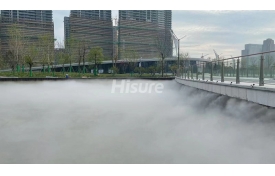

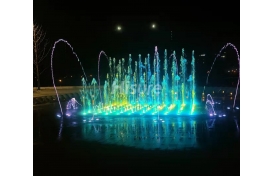


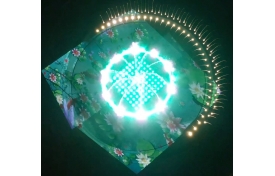
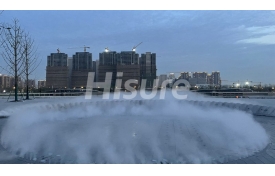
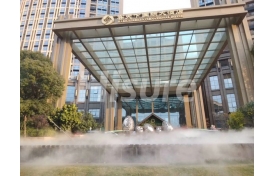
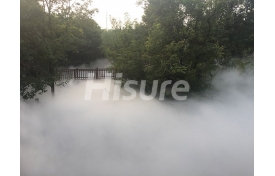

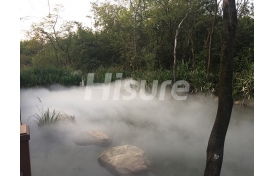


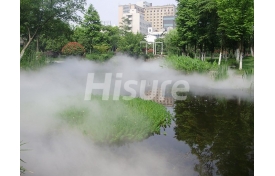
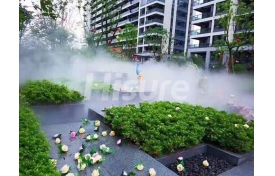
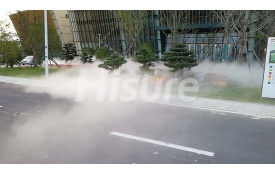
 Copyright © 2020-2023 版权所有:杭州海旭环境科技有限公司
Copyright © 2020-2023 版权所有:杭州海旭环境科技有限公司